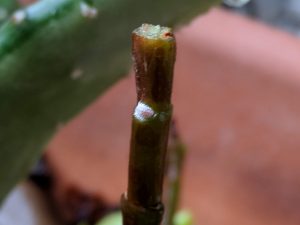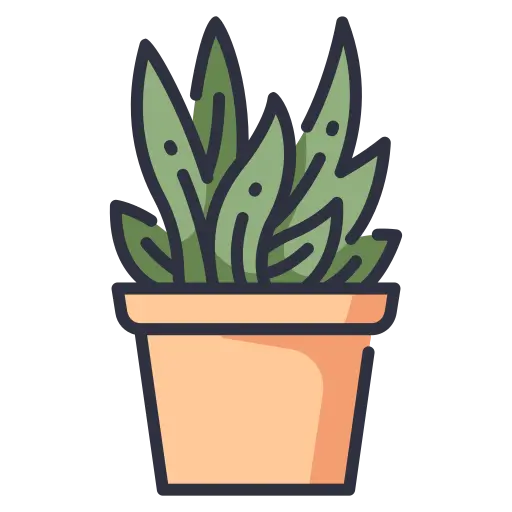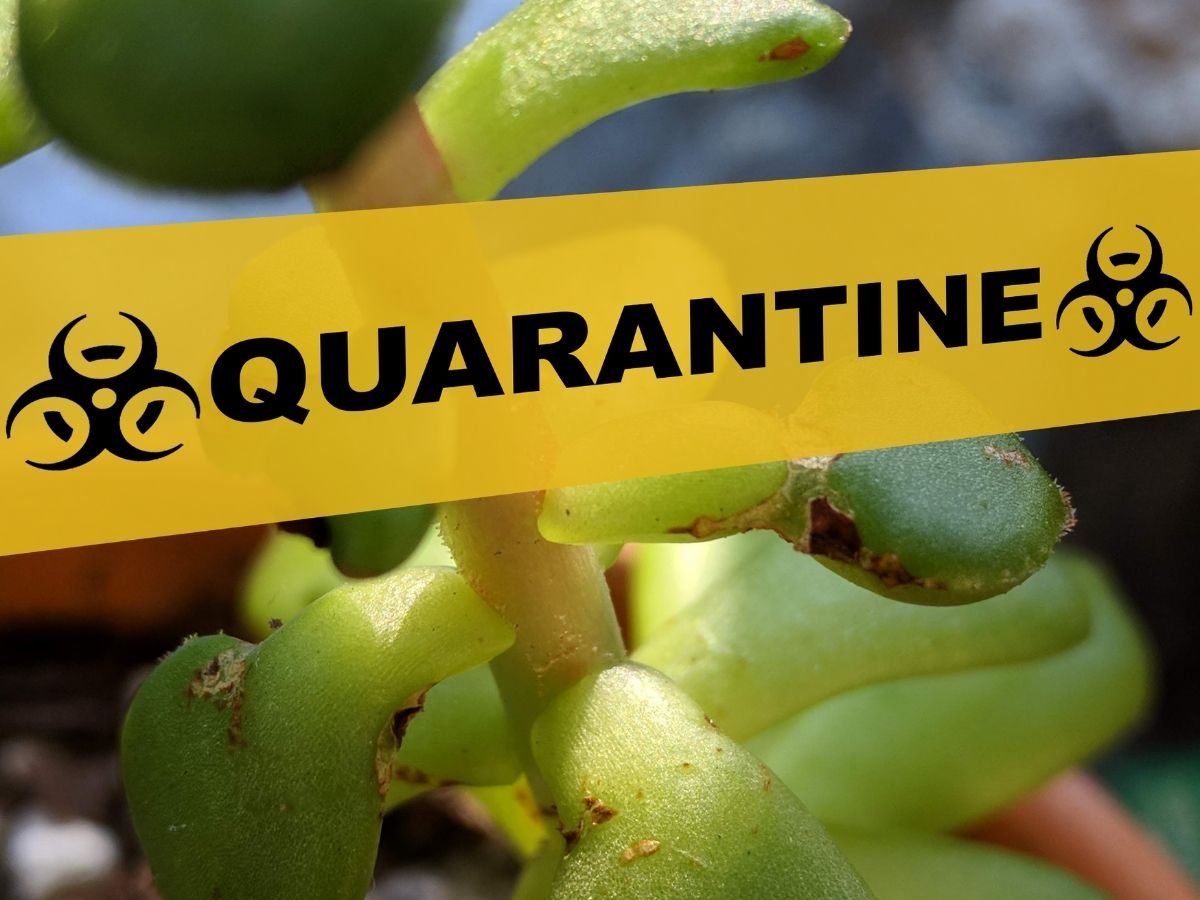Whether we’re talking about new plants you just brought home or one of your favorite plants starting to look sickly, a good safety measure can be to quarantine succulents.
quar·an·tine
kwôrənˌtēn/ noun
a state, period, or place of isolation in which people, plants, or animals that have arrived from elsewhere or been exposed to infections or contagions are placed.
New plants
So here’s the thing, pests and other problems can spread quickly among a close population, and big store shelves full of plants make excellent breeding grounds for them. When you bring home some new little succulent or cactus, you don’t really know what else you might be bringing in with them. Surely you’ve inspected the plant before buying it, just to make sure it’s in good health, but there could potentially be pests, insect eggs, fungus, or bacteria in the soil that you won’t see. That’s why I recommend quarantining your new plants for a short while to make sure there are no unwelcome guests.
In in other words, keep your new plants away from others until you know they’re going to be okay.
Fortunately the life cycle of most garden pests is fairly short, so just keeping your new acquisition separate for just a couple of weeks could be enough for you to determine that there weren’t any hidden eggs or problems lying dormant in the soil.
If you plan to re-pot your new plant in fresh soil right away, and you won’t have to worry about the soil your plant came home in, then just be sure to try to get most of the old dirt off the roots. Do this by gently brushing with your fingers, or a chopstick, or whatever you like to use, and possibly rinse the roots if they seem fairly dry. Consider sterilizing your soil before planting. Whether you are intending to reuse old soil, or mixing up a brand new batch of potting medium, sterilization can be a great preventative measure.
Sick plants or plants with bugs
Maybe you’ve noticed that some plant of yours isn’t doing so great lately, or you’ve seen something crawling in them, in this case you might also want to quarantine the affected plant. The reasoning is the same as with a new plant—You want to find out what is killing your plant, make sure it doesn’t spread, and treat the problem.
What to Do
Separate, and observe—All you really need to do is keep your quarantined plant placed at a small distance from established ones. A few feet of separation could put enough of a spacial barrier to prevent the spread of problems.
Observe your plants regularly during the quarantine period. You’ll want to be checking for signs of life on the soil surface and on the plants leaves and stems. Also, watch the health of the plant. If it’s getting limp or wilting, there could be problems below the soil such as root rot or root eating pests.
Not enough space?
If you just don’t have enough room to spread your plants out, I’ve also seen simple quarantine cones to put around plants too—with a small plant something as simple as an upside down clear cup with the bottom cut off can do the trick. You can get creative and make some kind of enclosure yourself, but you want to be sure it can let light in, while putting up some kind of impermeable barrier that pests and spores won’t easily get over.
I wish I had quarantined the last plant I bought. The results and repercussions of not doing so led to an outbreak of mealybugs and maybe also contributed to the spread of fungus to other plants as well. In the first post I wrote for this site, Why all of my succulents almost died—and what I did to save them, I document the trouble that could have been easily avoided.



Leave a Reply